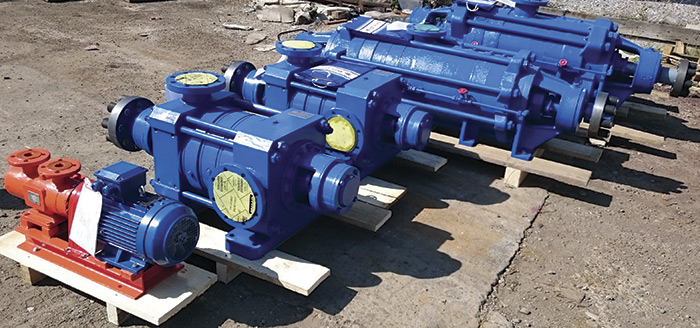The company faced flooding problems, and its existing pumps were old, with many of them out of operation.
MZT PUMPI
09/21/2016
 Image 1. Various pumps awaiting delivery to the user (Courtesy of MZT PUMPI A.D.)
Image 1. Various pumps awaiting delivery to the user (Courtesy of MZT PUMPI A.D.)
 Image 1. Various pumps awaiting delivery to the user (Courtesy of MZT PUMPI A.D.)
Image 1. Various pumps awaiting delivery to the user (Courtesy of MZT PUMPI A.D.)Tomi Ognjanovski is head of the engineering and development department, as well as pump designer and project manager, for MZT PUMPI A.D. in Skopje, Macedonia. Ognjanovski has a Bachelor of Science in mechanical engineering. For more information, visit pumpi.com.mk.